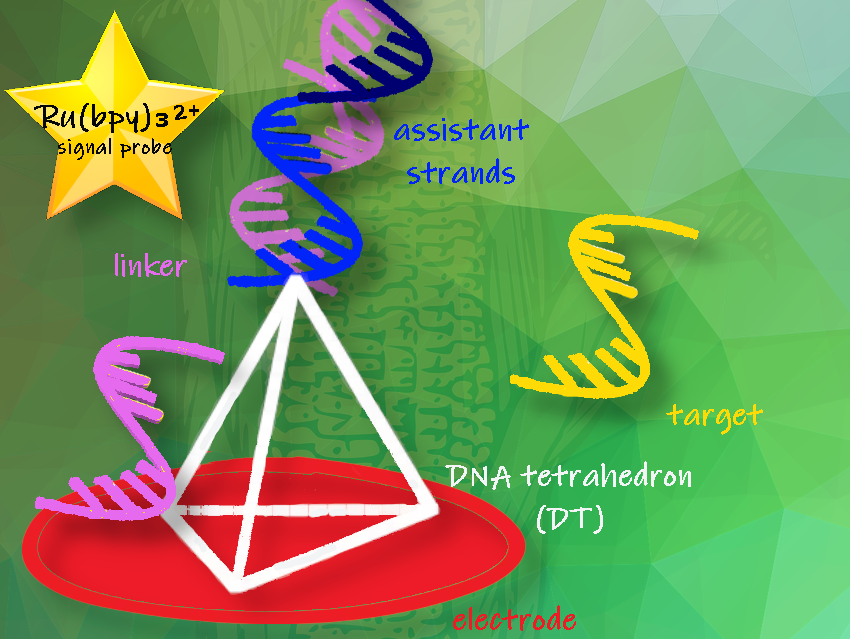Detection methods are crucial for regulating genetically modified crops (GMOs). Polymerase chain reaction (PCR) is the primary tool for transgene testing. It is reliable with acceptable sensitivity and stability, but its reliance on expertise, expensive equipment, and time-intensive procedures hinders its use in large-scale agricultural trials. Furthermore, PCR can produce false results due to DNA polymerase inactivation and nonspecific reactions. Therefore, improving the efficiency of GMO detection requires the development of a more robust, rapid, and high-throughput method.
Kai Zhang, Nanjing University of Information Science and Technology, China, Huaxin Dai, Beijing Life Science Academy, China, and colleagues have developed a CRISPR/Cas12a-mediated entropy-controlled electrochemical biosensor for detecting genetically modified maize MON810, the world’s most widely used transgenic insect-resistant maize. The sensor uses Ru(bpy)32+ (bpy = bipyridine) as a signal probe and a DNA tetrahedron (DT) as a scaffold to increase stability and reaction efficiency on the gold electrode. An enzyme-free, entropy-driven strand exchange reaction isothermally amplifies the target, detecting specific MON810 fragments using CRISPR-Cas12a’s trans-cleavage activity.
In this process, a single DNA strand, linker1, extends from the DT tip and binds with assistant DNA strands (assistant1 and 2), forming a three-stranded substrate complex that undergoes entropy-driven reactions. In the presence of the target, it hybridizes with the unbound toehold 1 region on linker1, forming an intermediate. The binding between assistant2 and linker1 is weak, leading to the spontaneous release of assistant2.
The newly exposed toehold 2 region binds to a fuel strand, displacing assistant1 and the target, perpetuating subsequent strand replacement reactions and generating more assistant1. Assistant1 and the signal probe hybridize with linker2 near the electrode, leading to signal molecule accumulation and high electrochemiluminescence (ECL) signal. ECL intensity correlates with target concentration, enabling quantitative MON810 detection with this biosensor. Unlike conventional PCR, this entropy-driven reaction does not rely on enzymes, offering a simple, rapid amplification method requiring only one-step operation for cyclic target amplification.
- CRISPR/Cas12a-mediated entropy-driven electrochemical biosensor for detection of genetically modified maize Mon810,
Xia Zhu, Jianfeng Zhang, Ronghui Pan, Kai Zhang, Huaxin Dai,
Analytica Chimica Acta 2024.
https://doi.org/10.1016/j.aca.2024.342290




